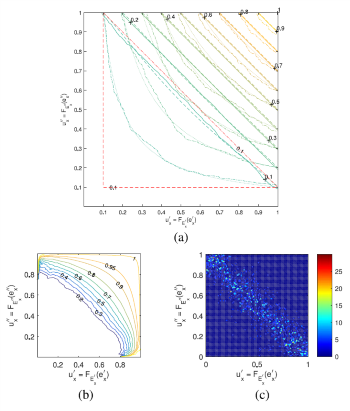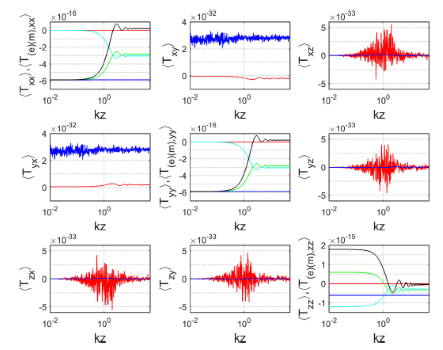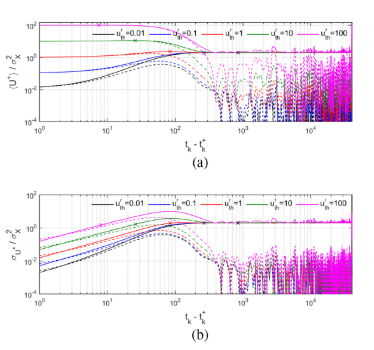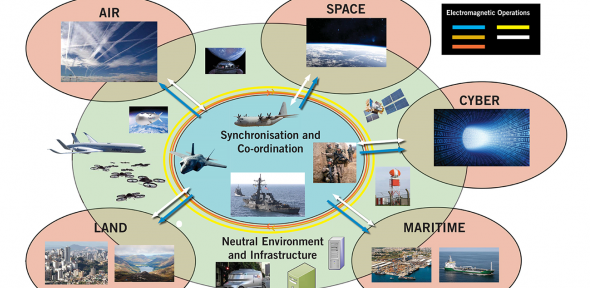Electromagnetic Compatibility
Stochastic Electromagnetic Fields in Dynamic Multipath Environments
Luk Arnaut
Electromagnetic compatibility (EMC) concerns itself with electronic interference, noise phenomena and coexistence between electronic systems. The emphasis is on natural and unintentional EM radiation or conduction, as opposed to man-made intentionally designed radiation structures. Traditionally, the domains of investigations in EMC have been subdivided into immunity, emission and shielding. With the proliferation of digital equipment, additional domains of research including spectrum management (particularly ultra-wideband phenomena), modulation and fading, dynamic and complex EM environments, signal and power integrity, total radiated power and desense.
Research at QMUL focuses on reverberation chambers as a canonical environment for dynamic multipath propagation, standardized EMI testing and high-mobility wireless communications at the physical layer. Compared to ideal random fields, the analysis of deviations from ideal statistical isotropy, homogeneity, depolarization and incoherence in idealized chambers are fundamental to uncertainty quantification (UQ) for the estimated field strength and power density. As tunable multimode high-Q cavities, mode-tuned rand mode-stirred everberation chambers find applications in areas from RF to optical wavelengths and at different length scales, including micro- and nanoscale resonators. A prime focus is on extreme EM fields, level crossings exceedances, excursions and excesses of energy above high or low threshold levels, which has led to probabilistic and stochastic characterizations of their metrics, including their uncertainty. The development of a theory for the spectral representation and Fokker-Planck equations of nonstationary fields offers a framework for a deeper understanding of the role of correlation and nonlinear dependence.

Figure 1: (a) Scatter plot and (b) magnitude of normalized complex electric field in a mode-stirred reverberation chamber (blue), including excursions above (red) and below (turquoise) threshold levels.

Figure 2: I/Q components, amplitude and phase of received pulse amplitude modulated field inside a mode-stirred reverberation chamber at stir speed 0.25 rev/s.

Figure 3: (a) Copula, (b) relative copula, and (c) empirical copula density for extreme random fields at l/V1/3=0.069.

Figure 4: Paddle transients in mode-tuned operation.

Figure 5: Estimated confidence limits of normalized Q-factor of a mode-tuned reverberation chamber 0.1-6.1 GHz.

Figure 6: Components of average Maxwell stress dyadic áTñ for linear and orbital angular momentum (OAM) of monochromatic random fields at wavenumber k and distance z from a perfectly conducting boundary, based on Monte Carlo simulation of plane-wave spectrum of random plane waves.

Figure 7: (a) Mean and (b) standard deviation of excess energy in regression approximation of Slepian-Kac model

